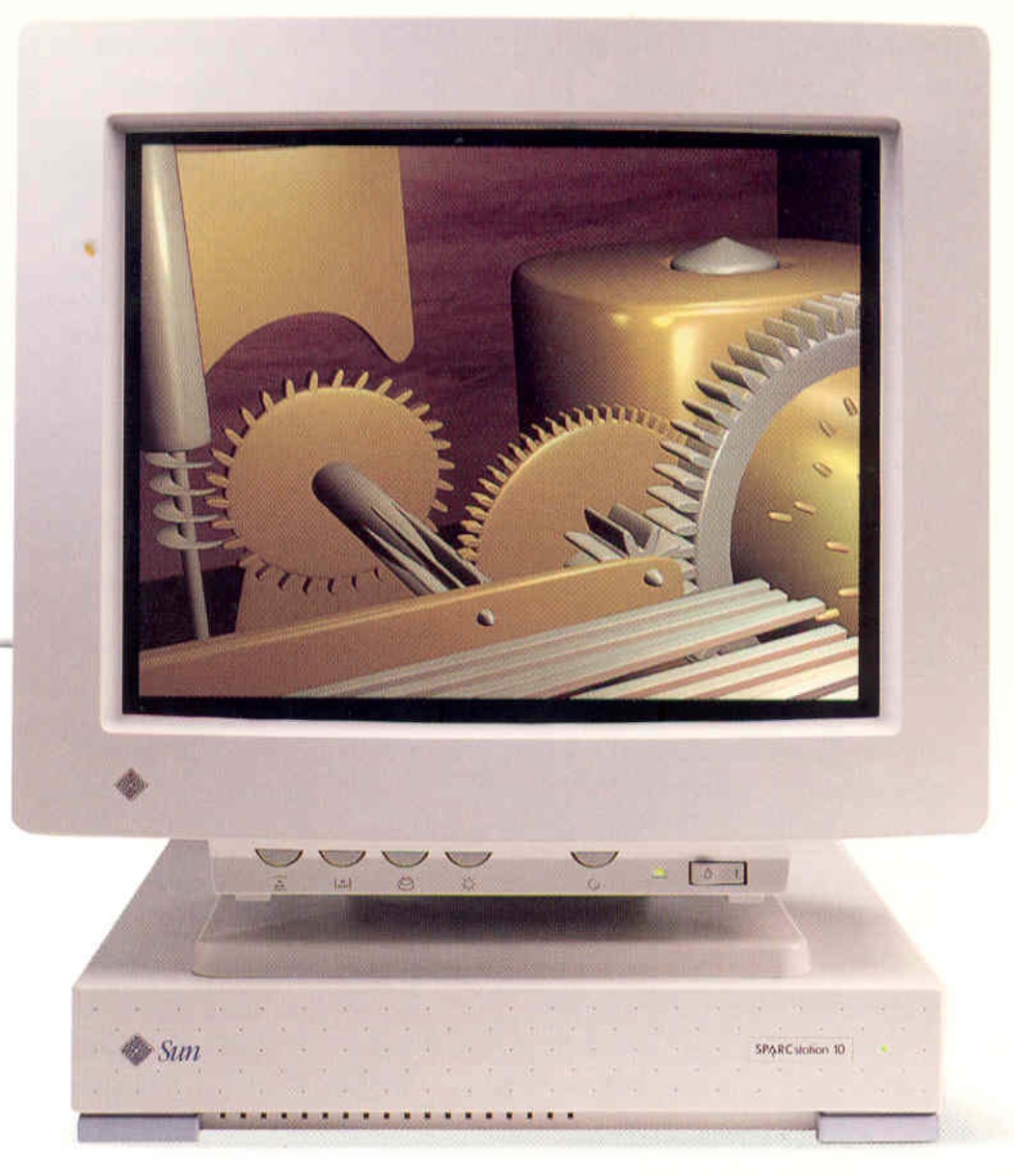SPARCstation 10 (S10)
Gallery

Image taken from product brochure - ©Sun
Technical Specifications
| Model: | SPARCstation 10 (S10) |
|---|---|
| Codename: Platform: |
Campus-2 sun4m |
| Processor: Math Copro: |
|
| Clock Speed: | |
| RAM: | max. 512MB |
| Graphics: | |
| Operating System: | |
| Introduced: | May 1992 |
| Dealer price (net): |
The SPARCstation 10: Powerhouse of the Mid-90s
Stepping into the mid-1990s, Sun Microsystems continued to push the boundaries of desktop computing with the introduction of the SPARCstation 10 (codenamed "Campus-2") in May 1992. This machine wasn't just faster; it brought multiprocessing capabilities to the desktop in a significant way, marking another important milestone in the SPARC lineage.
While still retaining a "pizza box" form factor similar to its predecessors, the SPARCstation 10 was a fundamentally more powerful machine. It was one of the first Sun workstations to utilize the new SuperSPARC processor, offering substantially higher performance than the earlier SPARC implementations.
The true innovation of the SPARCstation 10, however, was its support for multiprocessing. Featuring two MBus slots, the system could be configured with up to two CPU modules, each potentially containing multiple SuperSPARC processors. This allowed the SPARCstation 10 to scale its performance by utilizing multiple CPUs for demanding applications, a feature that was relatively uncommon on desktop systems at the time.
The SPARCstation 10 quickly became a popular choice for high-end technical computing, software development, and as a powerful server for smaller workgroups. Its combination of raw processing power, multiprocessing capabilities, and the robust Solaris operating system made it a workhorse in many professional environments throughout the 90s.
Its modular design, allowing for CPU and memory upgrades via MBus and DSIMM slots respectively, also contributed to its longevity and appeal. The SPARCstation 10, along with its successor the SPARCstation 20, represented the peak of Sun's 32-bit SPARC desktop workstations before the advent of the 64-bit UltraSPARC architecture.
Today, the SPARCstation 10 is remembered as a powerful and versatile machine that brought multiprocessing to the desktop and played a key role in the computing landscape of the mid-90s.